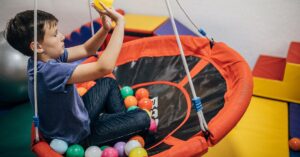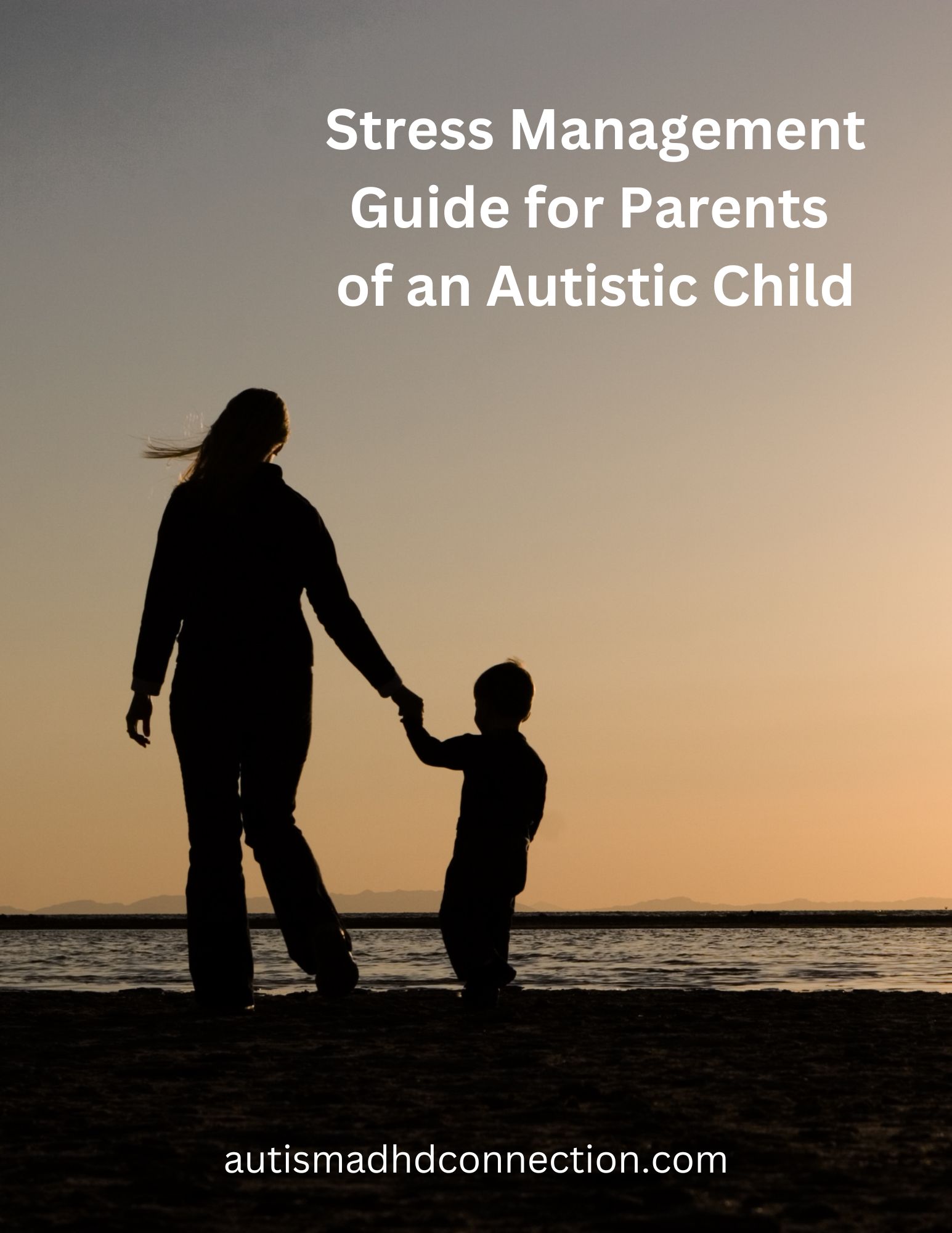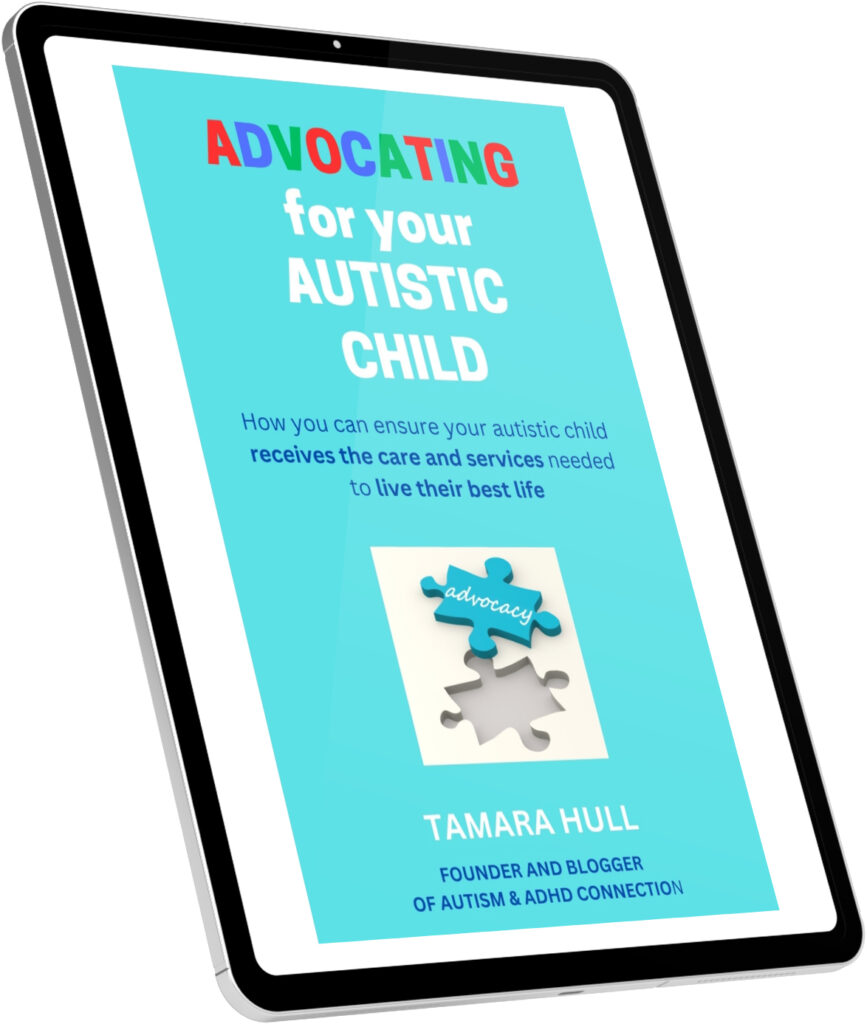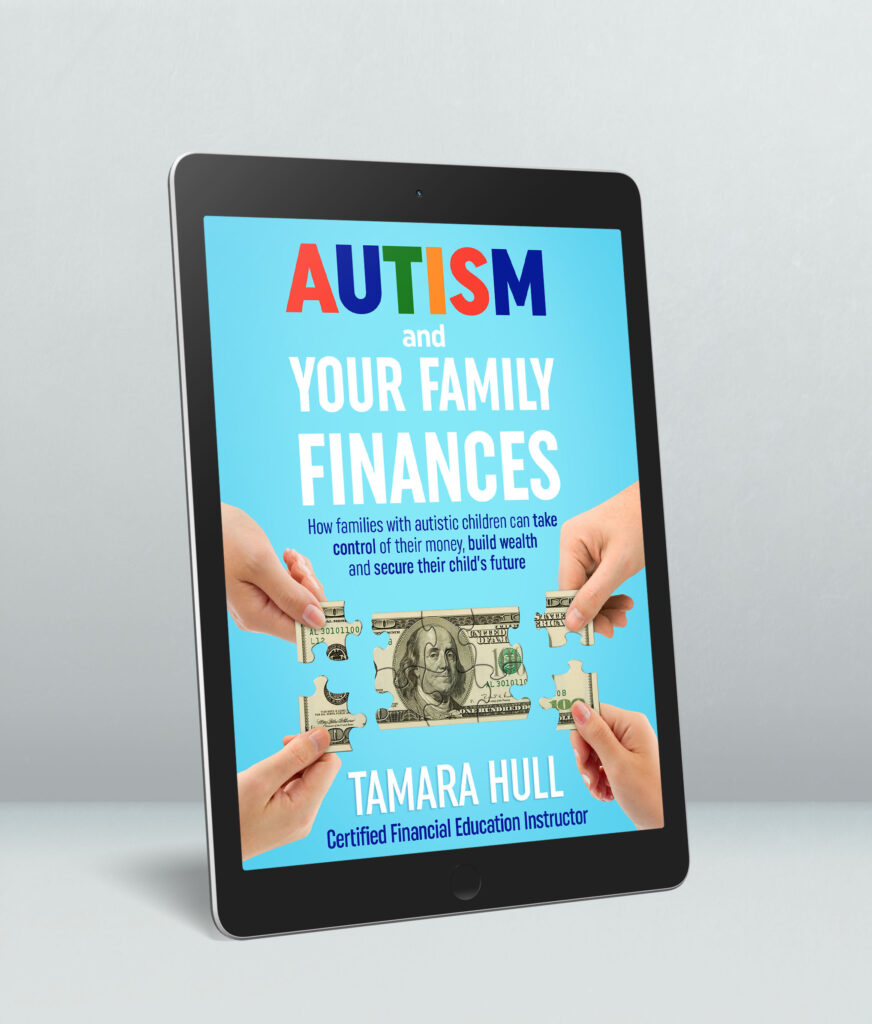For those who have autism, many have sensory issues of multiple kinds. But when is it something more than autism? When are these sensory issues themselves a condition called sensory processing disorder?
My son J has ultra hearing, and it was very bad when he was younger and before his ears were desensitized through working with an occupational therapist. His school psychologist once told me that with his hearing sensitivities that a loud public toilet flushing sounded to him like a 747-jet taking off to us. He also is sensitive to the hot temperature of food and doesn’t like certain textures of food. Yet, that was all within the normal range of sensory issues for autism.
His friend, however, had many more sensory issues that led him to being diagnosed with sensory processing disorder in addition to autism.
What is sensory processing disorder?
The SPD Foundation defines sensory processing disorder (SPD) as “a condition that exists when sensory signals don’t get organized into appropriate responses . . . A person with SPD finds it difficult to process and act upon information received through the senses, which creates challenges in performing countless everyday tasks. Motor clumsiness, behavioral problems, anxiety, depression, school failure, and other impacts may result if the disorder is not treated effectively.”
There are three types of SPD:
- Sensory Modulation Disorder, which is the most common type of SPD. People who have this type often have difficulty regulating their responses to sensory stimuli because their bodies don’t know which signals to ignore or process.
- Sensory-based Motor Disorder, which occurs when a person has challenges with motor-specific tasks due to misinterpretation of sensory signals.
- Sensory Discrimination Disorder, which is the result of the person not understanding the source of their sensory signals.
What are the signs of SPD?

So what are the signs of sensory processing disorder that are beyond what you normally see with autism? It can be hard to tell unless your child is evaluated for SPD.
We all have eight sensory systems: visual (seeing), auditory (hearing), olfactory (smell), gustatory (taste and related to our digestive system), vestibular (balance), tactile (touch), proprioception (body awareness) and interoception (sense of internal state of the body).
When someone has an extreme overwhelming or underwhelming stimulation from one or more of these senses, that could be a sign that they have SPD. I’ve heard it described as a “traffic jam” of sensory overload that the person’s mind cannot make sense of it all.
Is sensory processing disorder related to autism?
Sensory issues are a trait of autism and part of the diagnostic criteria. However, SPD goes further with these sensory difficulties. Some studies have indicated that the co-prevalence of both autism and SPD in an individual could be 69 percent or higher.
Interestingly, SPD is also related to ADHD. Studies have shown that up to 60 percent of people with ADHD also have SPD.
What should I do if I think my child has sensory processing disorder?

If you think your autistic child may have sensory issues that are beyond the normal range for autism, talk to your child’s doctor about it. They may refer your child to a specialist to be further evaluated so that a proper treatment plan can be developed with an occupational therapist and/or other healthcare providers.
Does your child have both autism and SPD? If so, what advice do you have to give other parents? Leave a comment below so that we can share and encourage each other on this journey!
Additional resources
Want more information about sensory processing disorder? Check out these resources.
The Everything Parent’s Guide To Sensory Processing Disorder: The Information and Treatment Options You Need to Help Your Child with SPD (affiliate link)
Sensory Ninja: A Children’s Book About Sensory Superpowers and SPD, Sensory Processing Disorder (affiliate link)
Sensational Kids: Hope and Help for Children with Sensory Processing Disorder (affiliate link)
Self-Regulation and Mindfulness Activities for Sensory Processing Disorder: Creative Strategies to Help Children Focus and Remain Calm (affiliate link)
The Out-of-Sync Child, Third Edition: Recognizing and Coping with Sensory Processing Differences (affiliate link)








